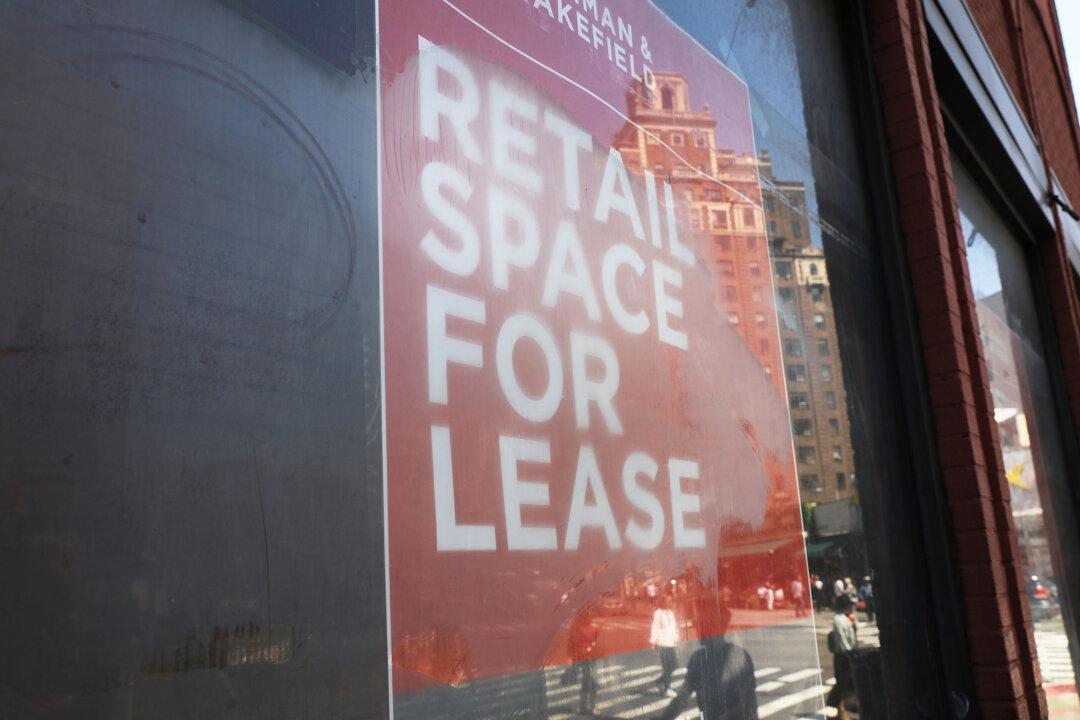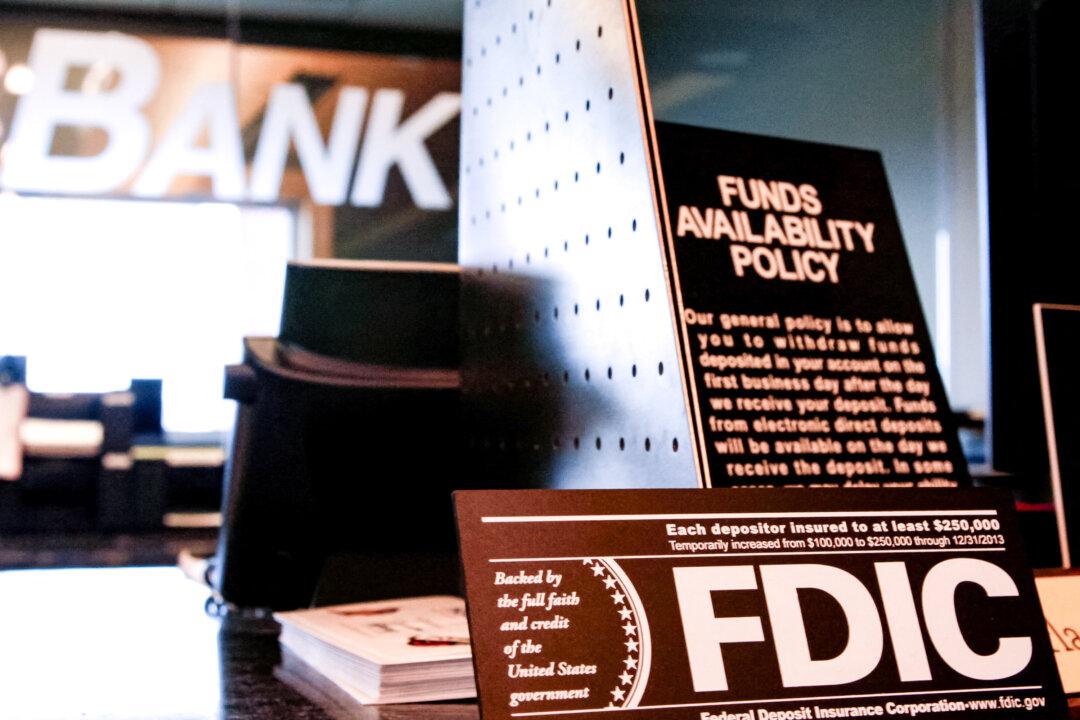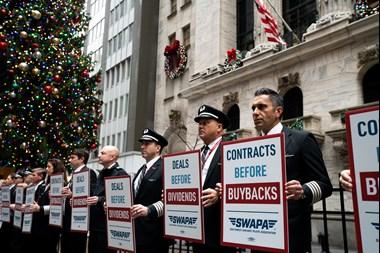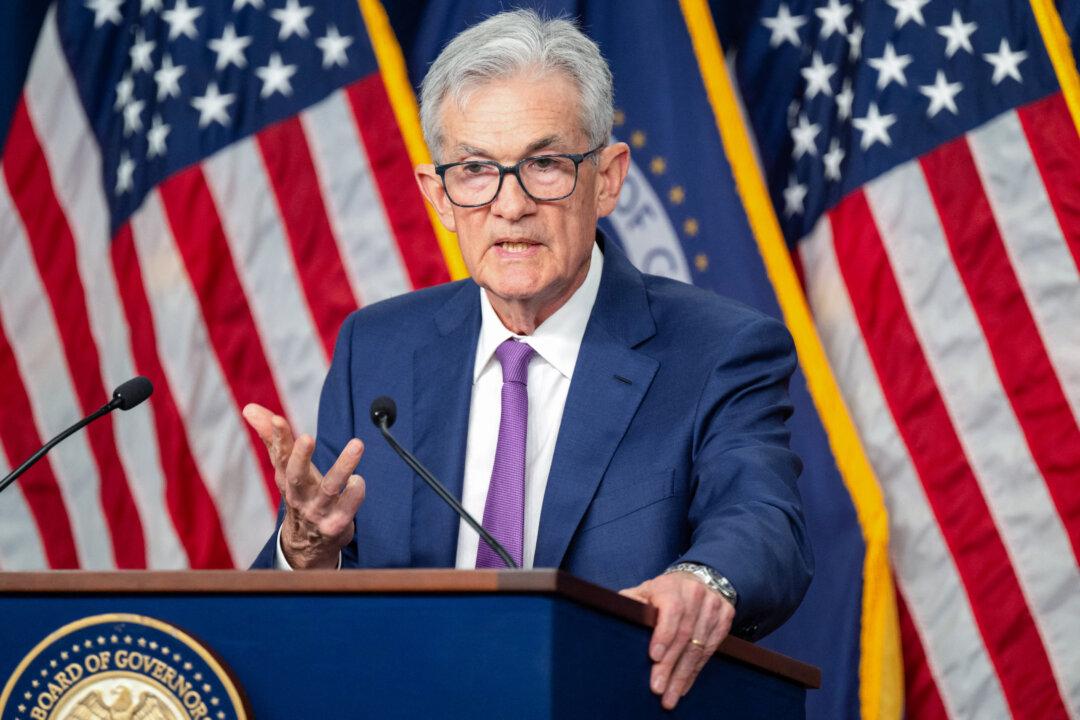Commentary
Charlie Munger, believed by some to be the real “brains” behind Berkshire-Hathaway, the multinational investment behemoth helmed by Warren Buffett, recently told The Financial Times, “We have a lot of troubled office buildings, a lot of troubled shopping centers, a lot of troubled other properties.”





